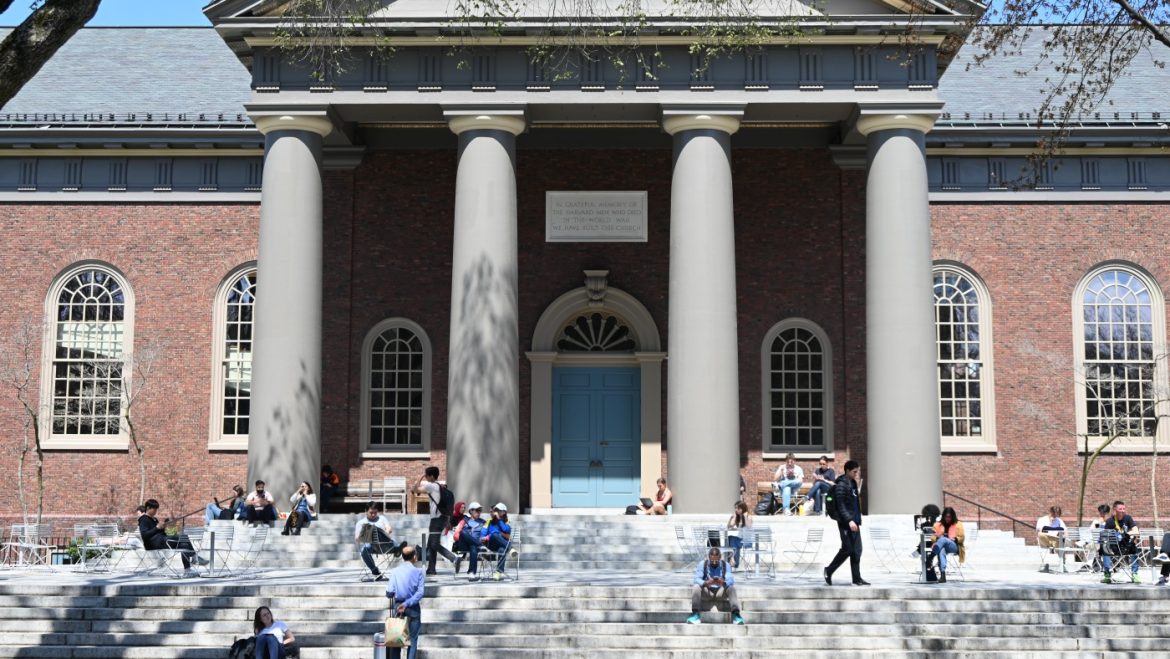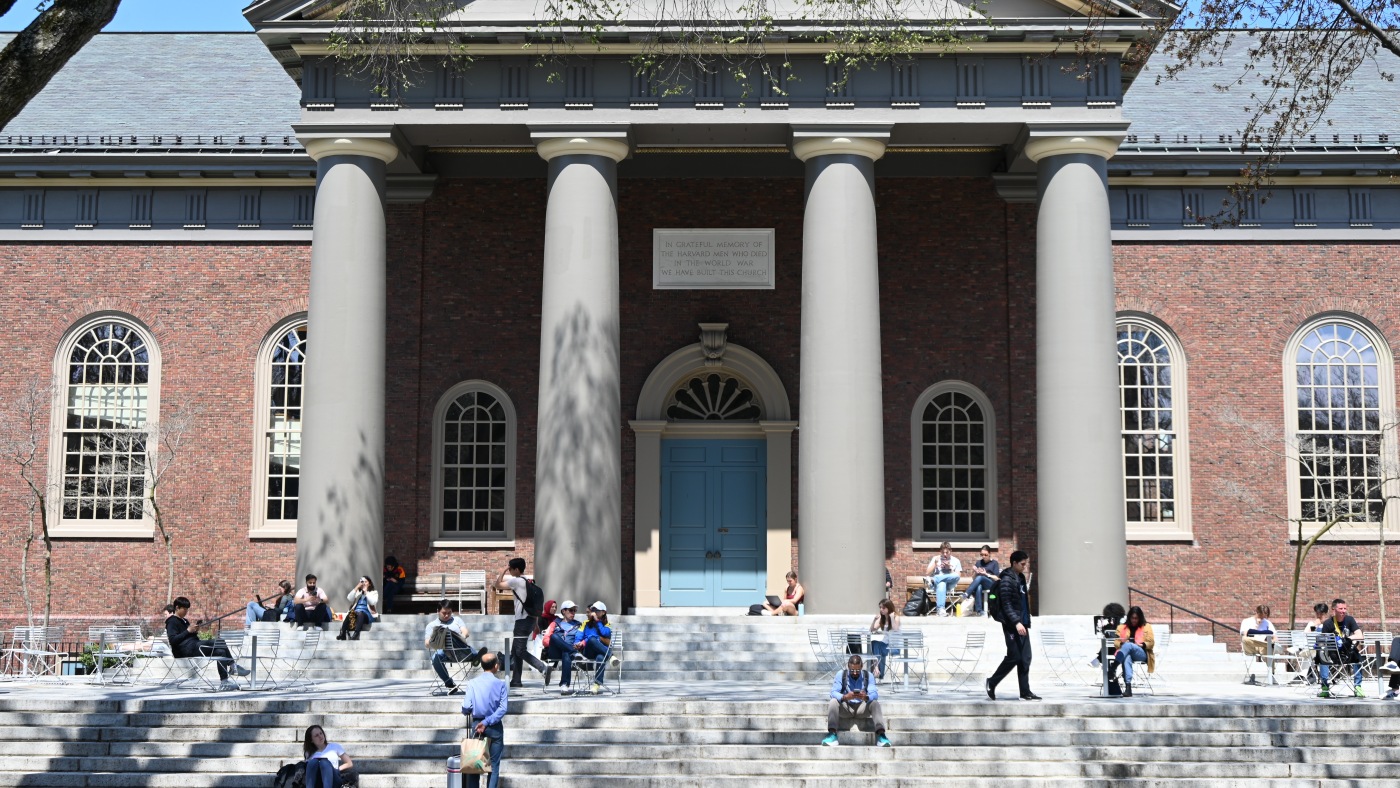The Role of Philanthropy in Bridging the Funding Gap
As government aid shrinks, the question of whether philanthropy can fill the resulting gaps has become increasingly pertinent. This analysis explores the potential and limitations of private philanthropy in addressing the funding challenges faced by universities, nonprofits, and other sectors traditionally supported by federal funding.
The Current Landscape of Federal Funding
The Trump administration’s policy shifts have led to significant reductions in federal spending across various sectors, including public health, environmental protection, international aid, and education. For instance, the freezing of over $2.2 billion in grants and $60 million in contracts in April 2024 highlighted the administration’s retreat from major areas of government spending. This retrenchment has left many organizations scrambling to find alternative funding sources, turning their attention to private philanthropy as a potential lifeline.
The Potential of Private Philanthropy
Private philanthropy has the unique ability to provide flexible funding that can be directed toward urgent needs in communities. Foundations and individual donors can offer innovative solutions and fill certain gaps left by federal cutbacks. For example, the Wellcome Trust, the world’s fourth-largest charitable foundation, has emphasized the importance of philanthropic efforts in addressing global health funding gaps. However, it is crucial to recognize that while philanthropy can make a significant impact, it cannot entirely replace the broad, equitable, and stable funding provided by government programs.
Limitations and Challenges
Despite its potential, philanthropy faces several limitations in fully replacing government aid. Foundations hold substantial assets, with U.S. foundations alone possessing over $1.5 trillion. However, experts argue that even this considerable sum is insufficient to make a significant dent in the funding gaps left by federal cutbacks over the next few years. Moreover, philanthropic funding is often unpredictable and subject to the whims of donors, making it an unreliable long-term solution.
Case Studies and Real-World Examples
The impact of philanthropy can be seen in various sectors. For instance, universities facing threatened or frozen federal funding have turned to private donors to fill the gaps. Similarly, nonprofits relying on U.S. foreign assistance have sought alternative funding sources as the Trump administration suspended nearly all foreign aid contracts. While these efforts have provided some relief, they have also highlighted the challenges and limitations of relying on philanthropy alone.
The Role of Philanthropy in Education
In the education sector, private philanthropy has played a crucial role in supporting universities and research institutions. However, the extent to which philanthropy can fill the funding gaps left by federal cutbacks remains a contentious issue. While foundations and individual donors have stepped in to provide financial support, the unpredictable nature of philanthropic funding poses significant challenges for long-term planning and sustainability.
The Future of Philanthropy and Government Aid
As the federal budget crisis looms, the role of philanthropy in addressing funding gaps will become even more critical. Foundations and individual donors will need to work closely with government agencies and nonprofits to develop sustainable funding solutions. This collaboration will be essential in ensuring that critical programs and services continue to receive the support they need, even in the face of shrinking government aid.
Conclusion: A Call for Collaboration
In conclusion, while private philanthropy can play a vital role in filling the gaps left by shrinking government aid, it is not a panacea. The limitations and challenges faced by philanthropic efforts underscore the need for a collaborative approach that involves government, nonprofits, and private donors. By working together, these stakeholders can develop innovative and sustainable solutions to address the funding challenges of the future. The power of giving and volunteering, when combined with strategic government support, can create a more resilient and equitable society. As we navigate the complexities of the current funding landscape, it is essential to remember that the future of our communities depends on our collective efforts and commitment to shared goals.


